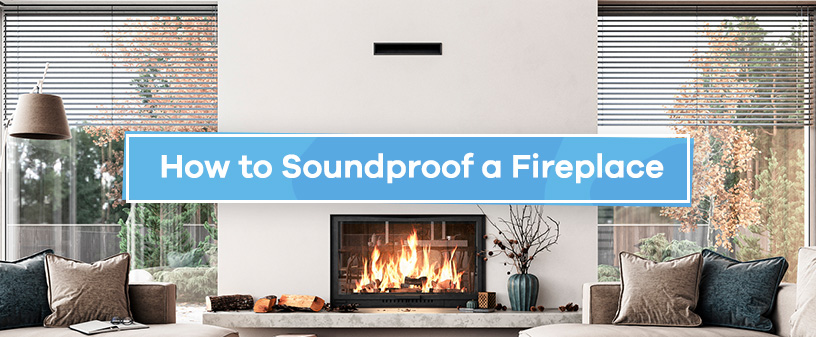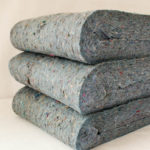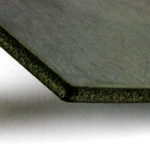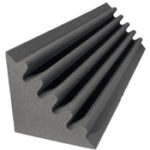
A fireplace is a unique feature to have in your home. However, they’re liable to create, reflect or transmit noise.
In some situations, wind blows through the chimney flue and causes a whistling noise. Other times, the internal mechanical components may create a vibrating noise in the chimney. Noise generated elsewhere may pass through the thin walls around your fireplace or reverberate in or around it.
While chimney noise can be disruptive, it’s possible to soundproof your fireplace in certain instances. Continue reading to learn ways you can soundproof your chimney.
Soundproofing Your Chimney
Soundproofing a chimney is challenging. The design features that cause chimneys to be noisy are the same features that allow them to carry smoke out of your home and radiate heat into the room. Your approach to soundproofing your chimney will depend on the type of fireplace you have and whether or not you use it.
Inactive Chimney
The easiest chimney to soundproof is one you don’t plan to use. Since there won’t be a flame or smoke, you won’t have to worry about restricting airflow or igniting your soundproofing materials. You can easily soundproof the inside of the chimney.
Install mineral insulation like Quiet Batt® 30 Soundproofing Insulation that will absorb noise created by wind or mechanical components. You can also insulate the chimney breast using the same material.
Your absorptive materials will work well alongside others that prevent sound transmission. Install Mass Loaded Vinyl (MLV) sheets inside the chimney and breast to block any noise created inside the chimney or outside the surrounding wall from entering your home.
Active Chimney With a Stove, Log Burner or Open Flame
Soundproofing a chimney with a stove is moderately difficult. You’ll need to keep the chimney’s airways open, so your best option is to install MLV in the chimney breast. You may be able to soundproof the inside of the chimney as long as you use a flame-resistant material. Fireplaces that use open flames are more challenging. You’ll only be able to address the breast with a sound barrier.
In either case, you can still soundproof the rest of the wall around the fireplace. Many fireplaces protrude from the wall, leaving reflective alcoves on either side with thin walls that allow sound to pass through. Install MLV and acoustic insulation inside the alcove walls, then try products like acoustic panels or foam corner traps to prevent reverberation and echoing.
Enjoy a Peaceful Winter With Soundproof Cow
Soundproofing your chimney will help you enjoy your cozy days spent curled up in the den this winter, so purchase acoustic materials from Soundproof Cow. We encourage you to contact us online to see how our materials can help to limit noise in your home!










